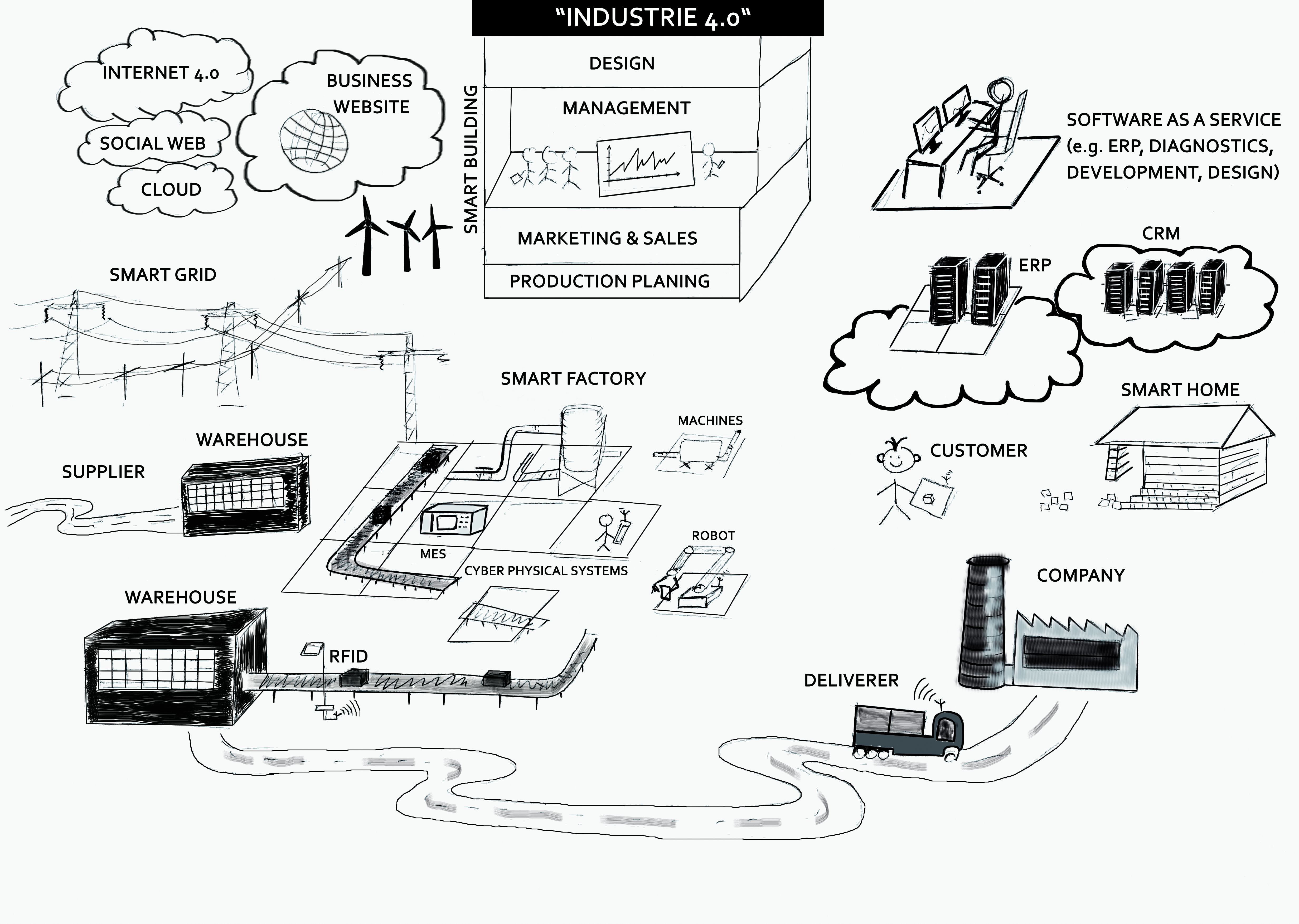By Melissa Topp, ICONICS
A small, covert team of engineers at Microsoft cast aside suggestions that the company spend US$60 million to turn its 500-acre headquarters into a smart campus to achieve energy savings and other efficiency gains. Instead, applying an “Internet of Things meets Big Data” approach, the team invented a data-driven software solution based upon ICONICS HMI/SCADA software that is slashing the cost of operating the campus’ 125 buildings, saving Microsoft millions of dollars. ICONICS’ certified OPC UA and BACnet connectivity played a key role in making these savings possible.
Microsoft’s Energy-Smart Buildings application includes over two million data points generating half a billion data transactions every day. Over five hundred OPC-enabled Modbus devices, including electric meters, power distribution units, generators, UPS switches and other critical building equipment, generate large amounts of Big Data that are being provided to…








